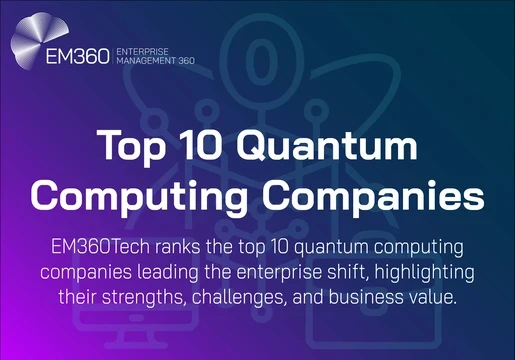Whether it's creating custom applications or automating workflows, businesses and individuals constantly need efficient and cost-effective ways to develop software.
However, creating your own software can be difficult if you don’t have a team of developers to help you, especially if you have limited coding knowledge or experience.
That’s where low-code development platforms can help.

What Are Low-Code Development Platforms?
Low-code development platforms are software development environments designed to help users build applications with minimal coding experience.
They provide base-level code, scripts, and integrations so both developers and non-developers can prototype, build, and scale applications without needing to develop complex infrastructures with code. This makes them accessible to a wider range of people, including those with little to no coding experience, also known as citizen developers.
Most low-code development platforms use visual interfaces and drag-and-drop tools to make it easy for anyone to create applications, even if they don't have any coding experience. This is a big change from traditional software development, which requires a lot of coding and technical expertise from the user.

Low-code platforms democratise software development, making it accessible to a wider range of people. They can be used to build a wide variety of applications, from simple web forms to complex enterprise systems.
They are particularly well-suited for developing applications that need to be changed quickly and easily, such as customer relationship management (CRM) systems and business process automation (BPA) systems.
Benefits of Low-Code Development Platforms
1. Faster Development
Low-code development platforms use drag-and-drop features and pre-built components, allowing for the rapid creation of applications compared to traditional coding from scratch. This translates to quicker time-to-market for your ideas.
2. Increased productivity
By simplifying development, low-code platforms free up professional developers to focus on more complex tasks. Citizen developers with less coding experience can also contribute to building applications, extending the development team's capacity.
3. Reduced Costs
The need for fewer professional developers and faster development cycles often leads to significant cost savings. Low-code platforms can also help minimize maintenance expenses due to their often user-friendly interfaces.
4. Simplified Maintenance and Updates
Low-code platforms often provide built-in features for managing updates and maintaining applications, reducing the burden on IT staff. Businesses can adapt their applications more easily to changing needs with low-code platforms. The visual nature and pre-built components allow for quicker modifications and updates compared to traditional development.
5. Citizen Developer Empowerment
Low-code's user-friendly interface makes it possible for citizen developers to contribute to application creation, the pool of talent available for development projects. They also can foster better collaboration between business users and IT teams. Business users can provide valuable input into the application's design and functionality, while IT can ensure technical soundness.
Choosing a Low-code Development platform
Choosing the best low-code development platform for your business requires careful consideration of your project needs and priorities. Things to consider include:
- Your specific needs. What types of applications do you need to develop? What are your budget and deadline constraints? What level of technical expertise do your users have?
- The platform's capabilities. What features and functionality does the platform offer? Does it support the types of applications you need to develop? Does it integrate with the systems and data sources you already use?
- The platform's ease of use. How easy is the platform to learn and use? Is it well-documented and supported?
- The platform's vendor. Does the vendor have a good reputation? Do they offer good customer support?
You’ll also want a platform that offers good community support, as this can be a valuable resource for getting help with the platform and for learning new things. Keep security in mind too, as it’s important to choose a platform that protects your data and applications from unauthorised access.
Once you have considered these factors, you can start to narrow down your choices. Choose a platform that meets your needs as a no-code developer. We advise looking for a platform that is flexible and scalable so you can develop a wide range of applications and adapt the platform to your specific needs.
It's always best to try out a few different low-code platforms before making a decision. Most vendors offer free trials so that you can test the platform before you buy it.
Top 10 Low-Code Platforms for 2024
Choosing the best low-code platform for your needs is the key to unlocking the power that these development solutions have to offer.
Here are ten of the best low-code development platforms available in 2024, each of which stand out for their features, ease of use, and popularity with users.







Comments ( 0 )